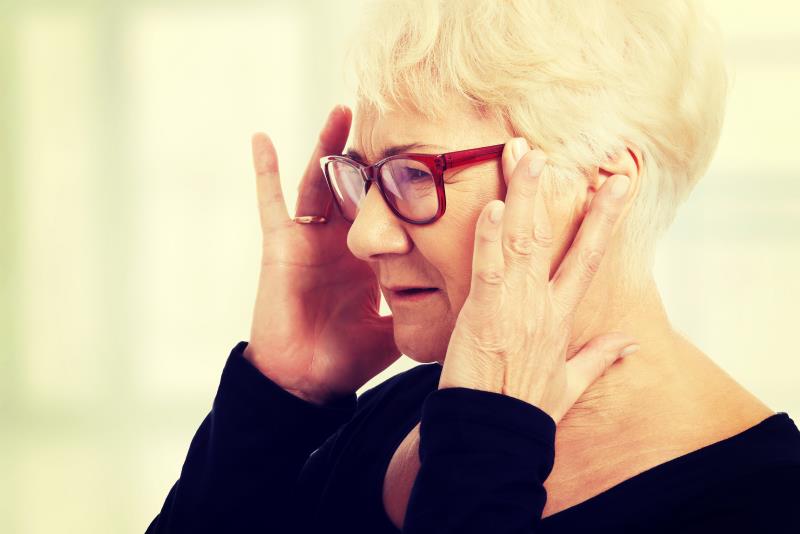
Pressop, a novel mounted device, appears to reliably replicate the finger-pressure sensory trick on the temples of patients with idiopathic blepharospasm (IB), according to a recent study.
“Pressop is a simple, safe prosthesis capable of improving the practical visual function in many IB sufferers and in preventing the decline in function towards the end of the botulinum treatment cycle,” said researchers. “It complements the efficacy of the botulinum toxin (BTX) injections.”
Of the 58 trial participants (mean age, 65 years; 53 females), 46 were receiving regular BTX treatment, with frequencies ranging from 2 to 4 injections per month. The remaining 12 had ceased treatment; none of the participants were BTX-naïve. Two additional patients dropped out of the study due to failure to accomplish the questionnaires. [Eye 2019;33:1803–1808]
Thirty-four patients reported benefitting from the device, leading to an overall positive response rate of 61 percent. Of these, 10 experienced symptom relief for the entire duration that the Pressop device was attached; the remaining 24 reported partial relief. Device adherence was independent of response to BTX injections.
Researchers then used the Craniocervical Dystonia Questionnaire (CDQ-24) to assess subjective response to the device. Mean scores significantly improved, from a baseline value of 28.4±16.9 to 21.4±15.4 after 2 weeks of follow-up (difference, –7.0 points; p<0.001).
The difference in the longitudinal change CDQ-24 scores between responders and nonresponders failed to achieve statistical significance (–8.9±12.6 vs –4.3±7.8; p=0.14).
“Although the use of Pressop improved overall function as indicated by the change in CDQ-24 scores, this was not statistically significant. We think this reflects the design of the questionnaire and the continuing practical and social consequences of a diagnosis of blepharospasm,” said the researchers.
“There is a long-term benefit in symptom control, but the requirement and frequency of BTX treatment has not been consistently reduced,” they added.
The Pressop device consists of a small pressure ball attached to a clip arm which, in turn, mounts the entire assembly onto spectacles. It is designed to replicate the finger-tip pressure sensory trick, which, in some instances, helps relieve eye spasms.
In the present study, the device was given to participants 2–3 weeks before their scheduled BTX injection. The device did not change their current treatment regimen. Those with eyelid spasms of different pathologies or who had psychogenic blepharospasm were ineligible to participate.
“At the screening visit, it became evident that many of the patients recruited used special tricks or sensory manoeuvres to help open their eyes,” said the researchers. “Some had themselves devised novel ways of mechanically applying the pressure, for example wearing a tightly fitting cap, a sports head band or tightly fitting glasses, often sunglasses.”
The Pressop device, they added, fulfilled this role well and was found by majority of the participants to be easy to handle and adjust, without imposing too much of an aesthetic burden. Even those who did not have an effective sensory trick when they presented for screening benefitted from the device.